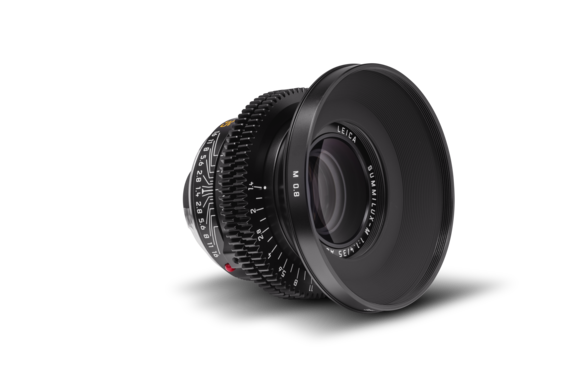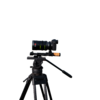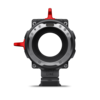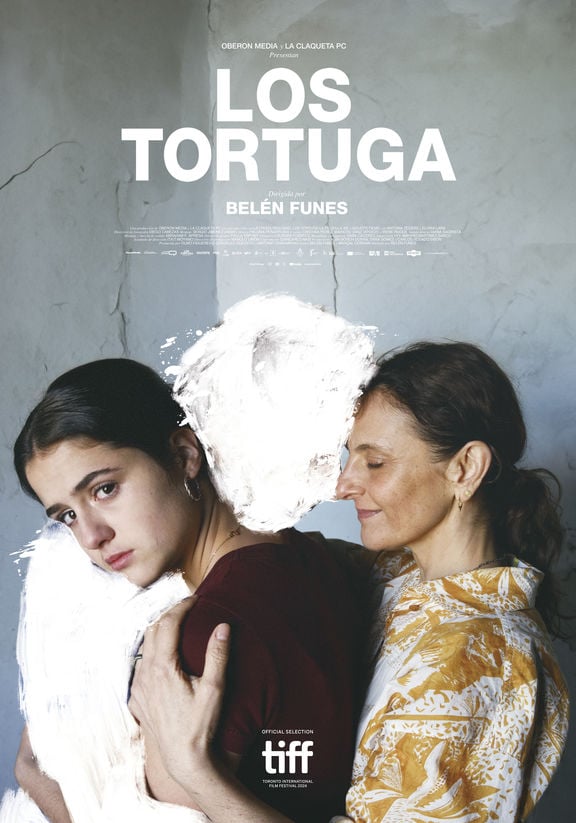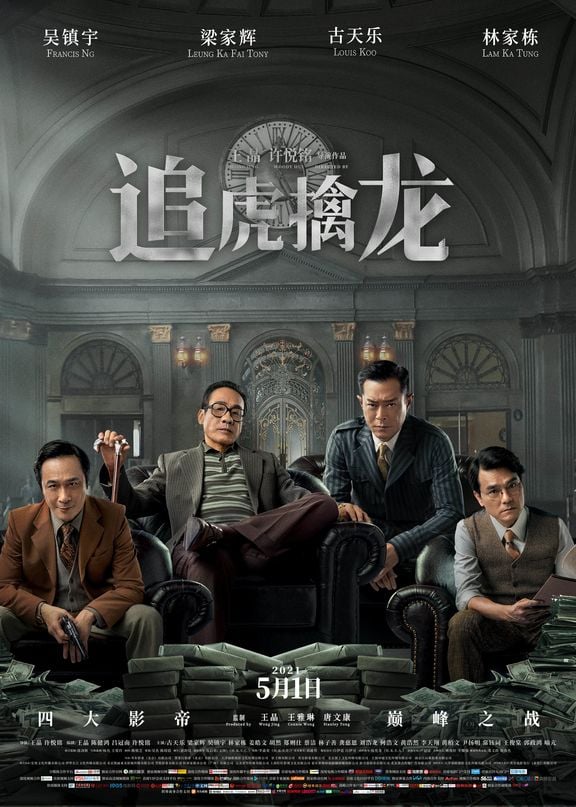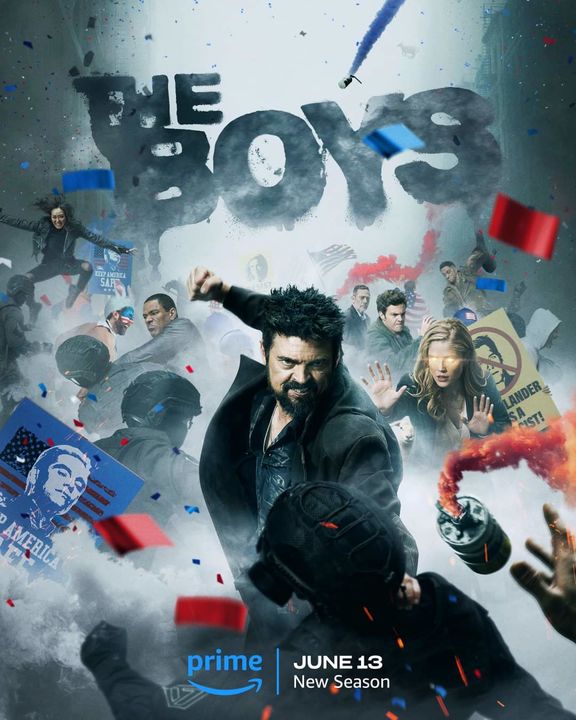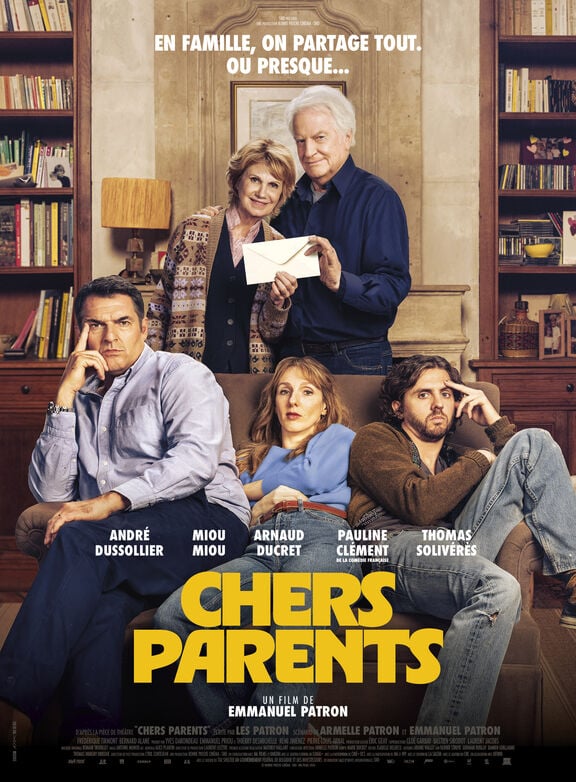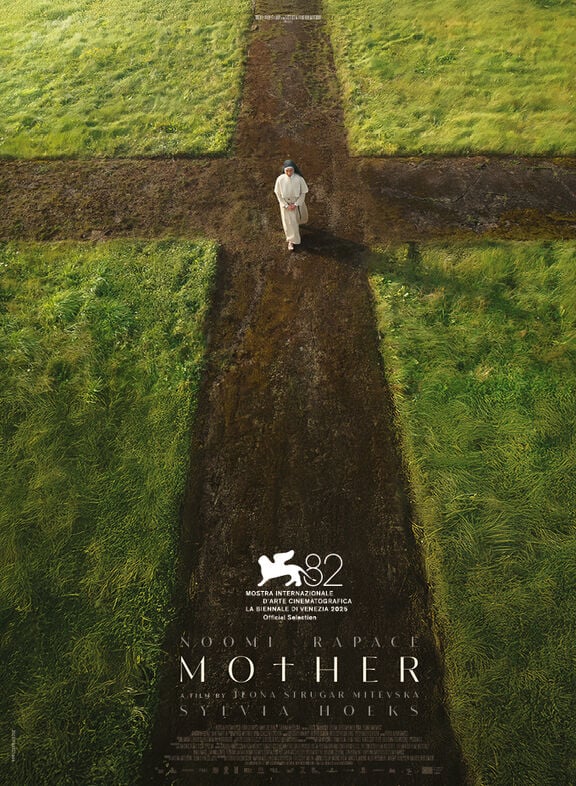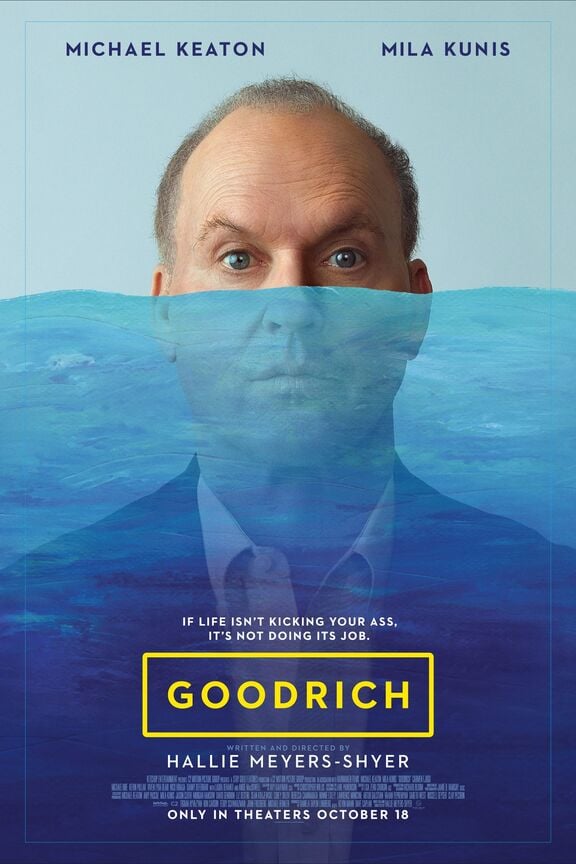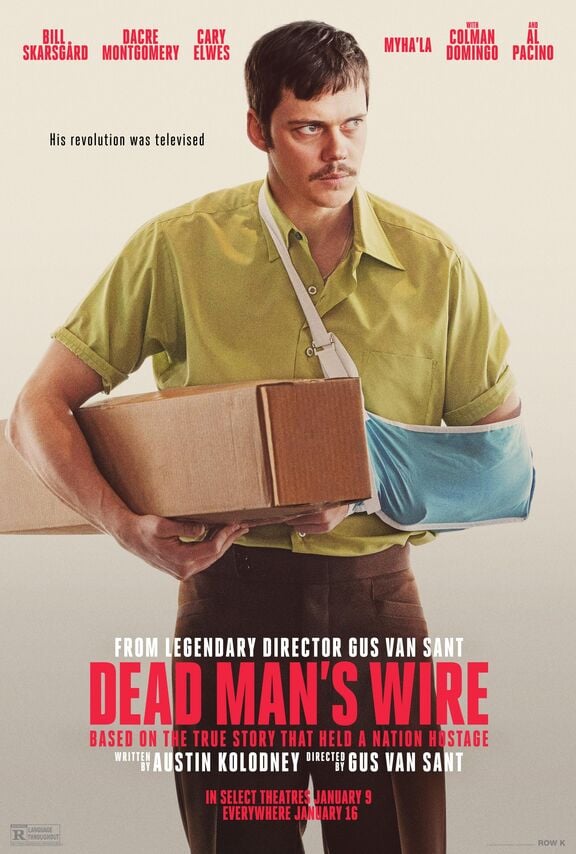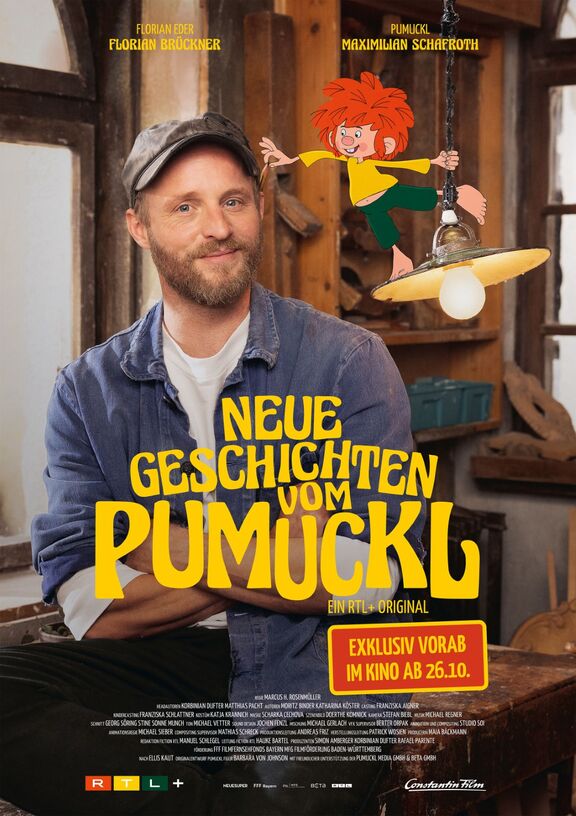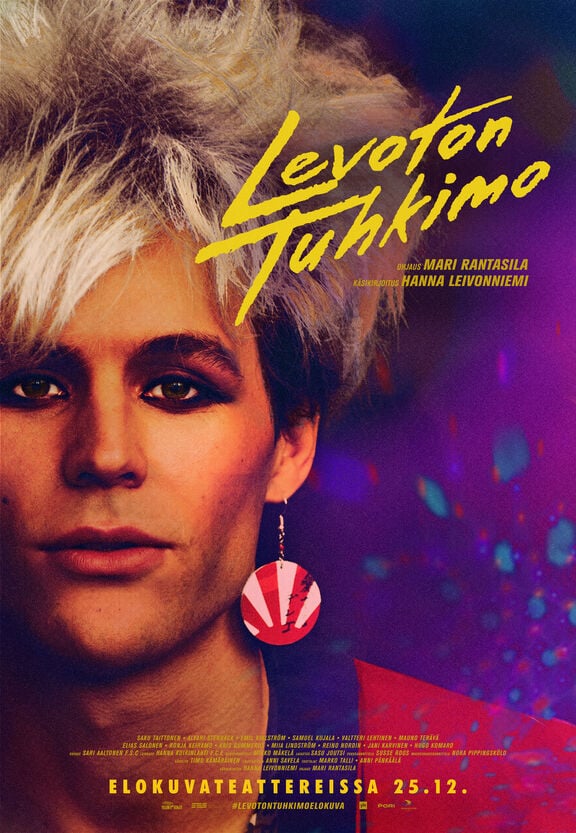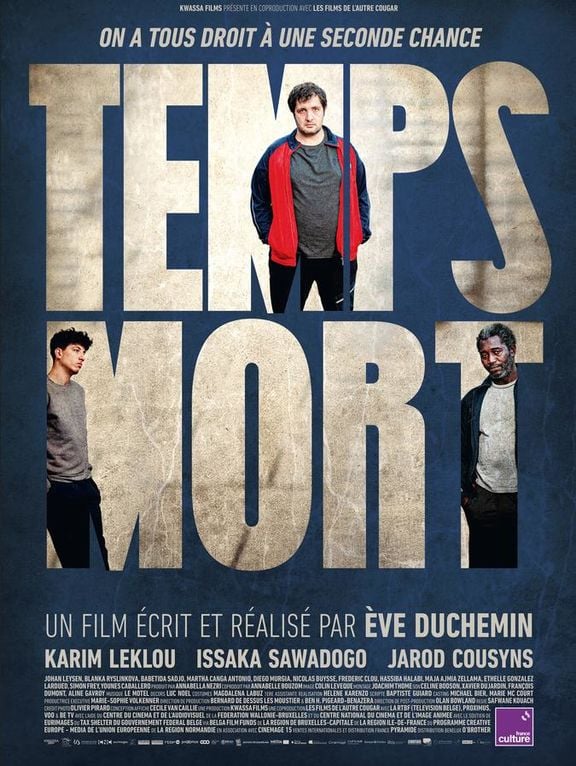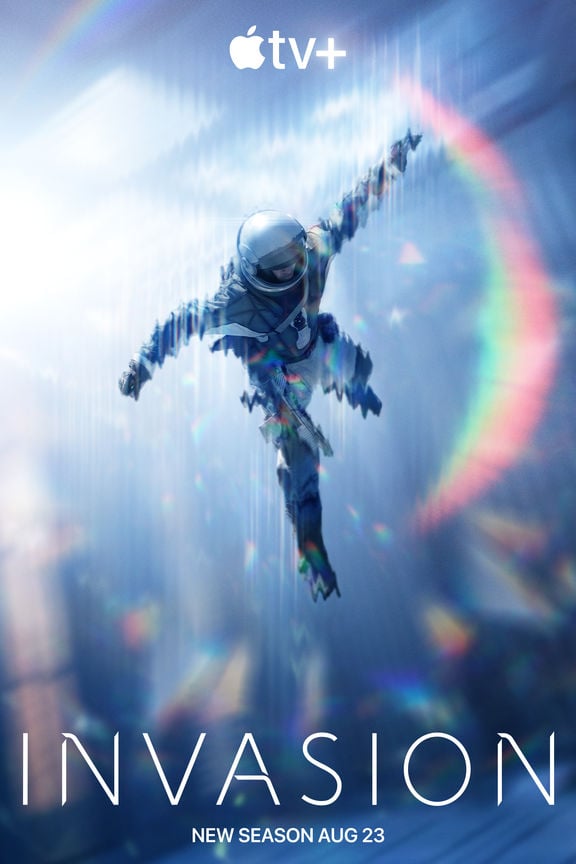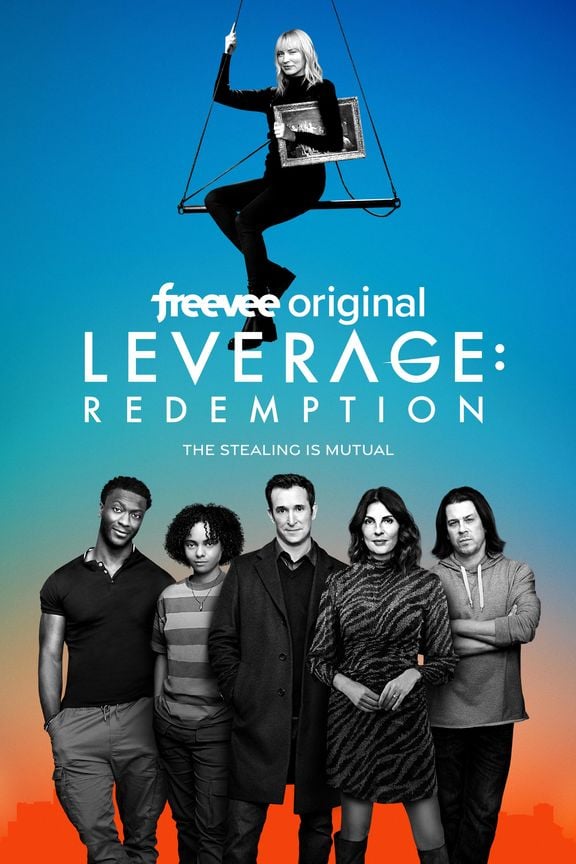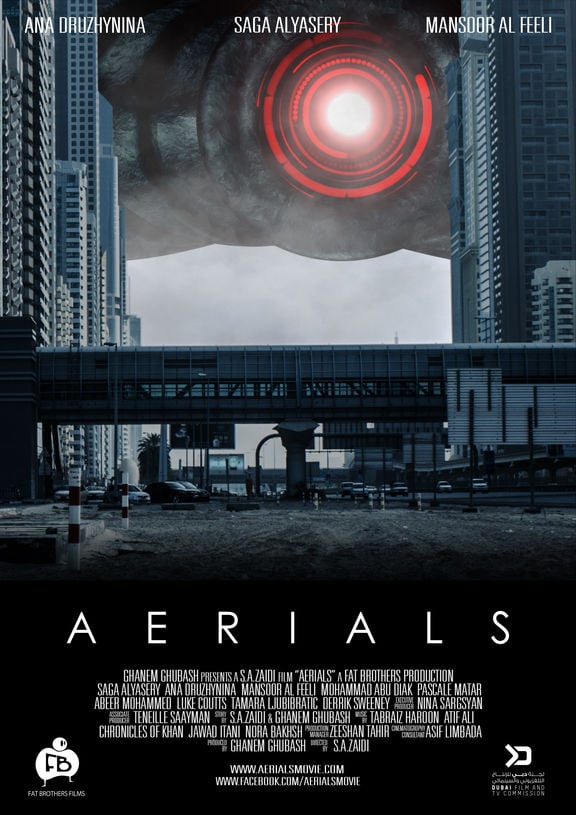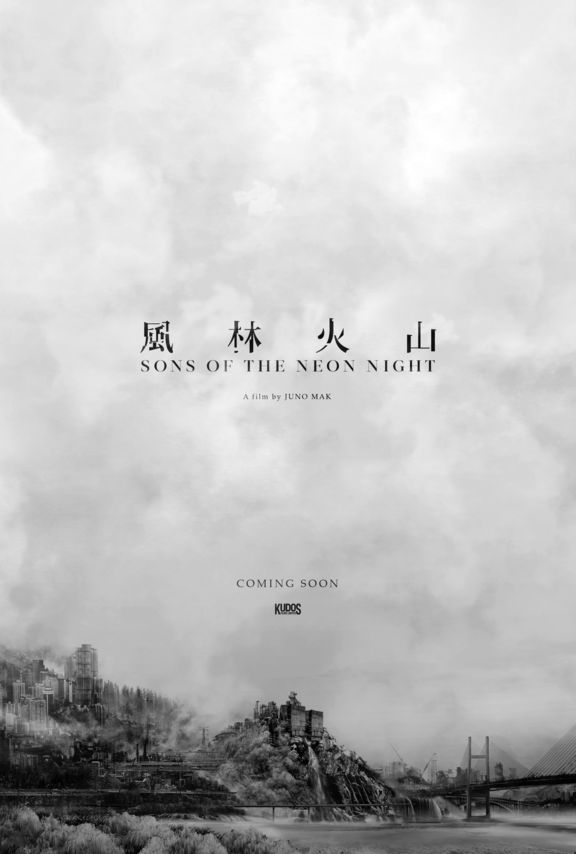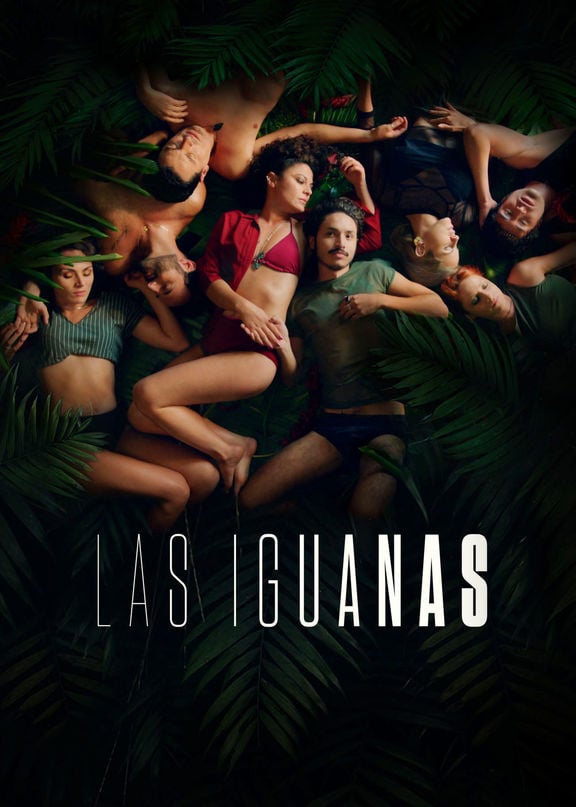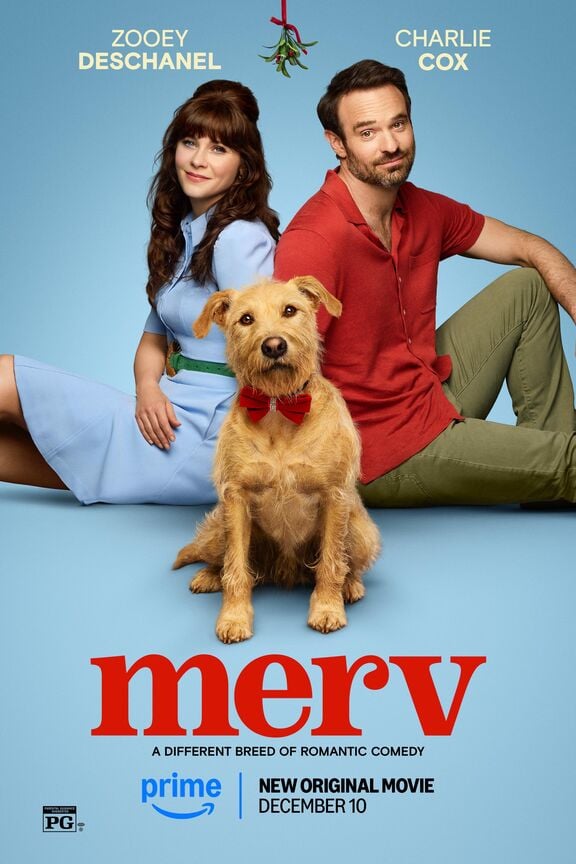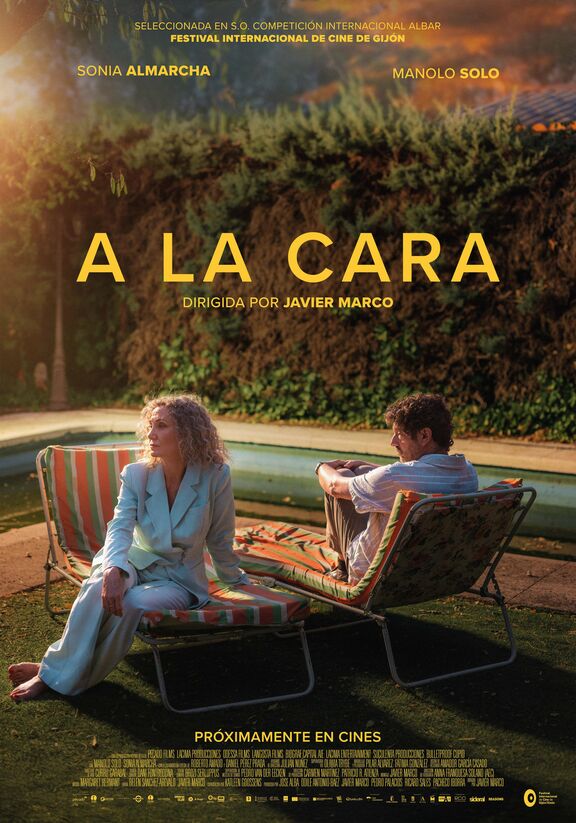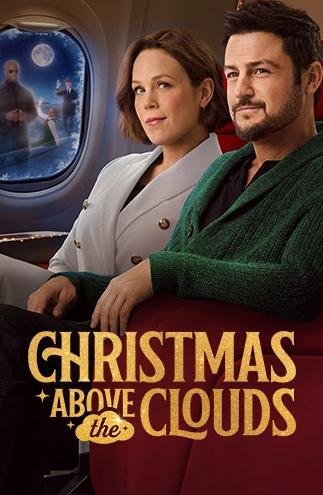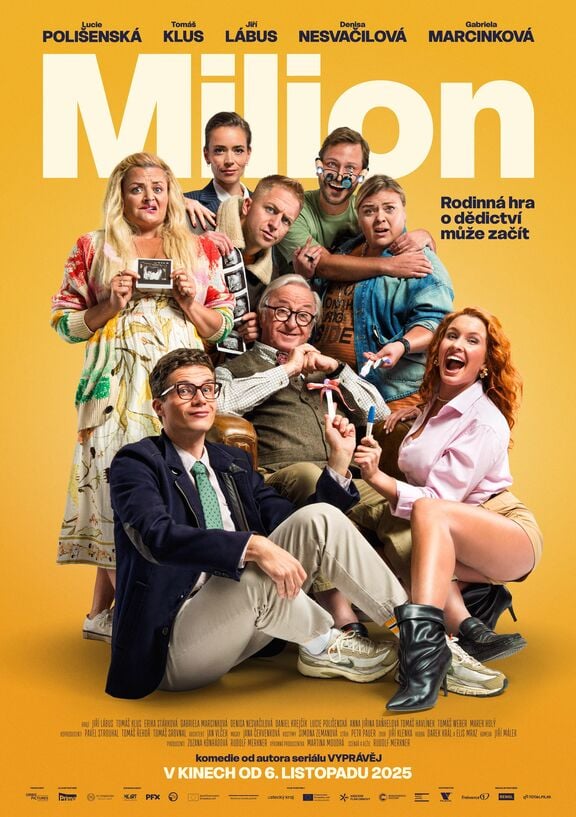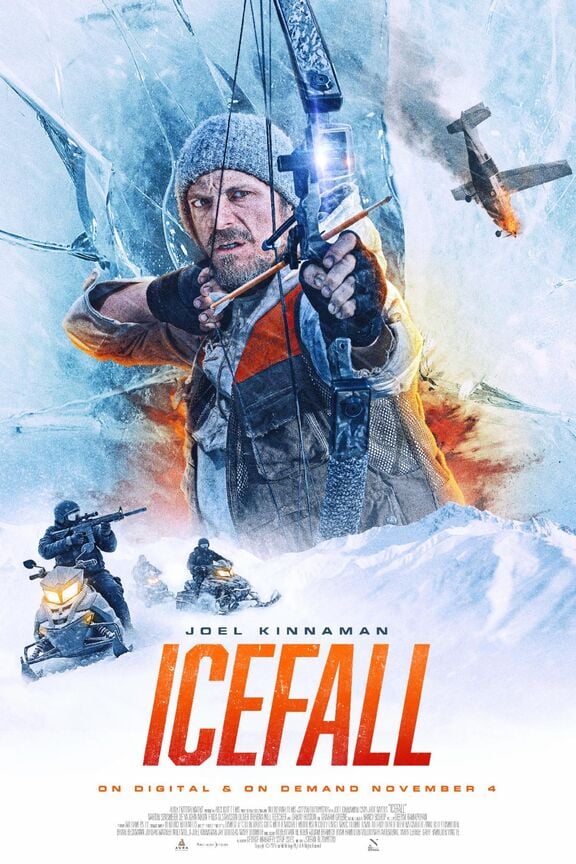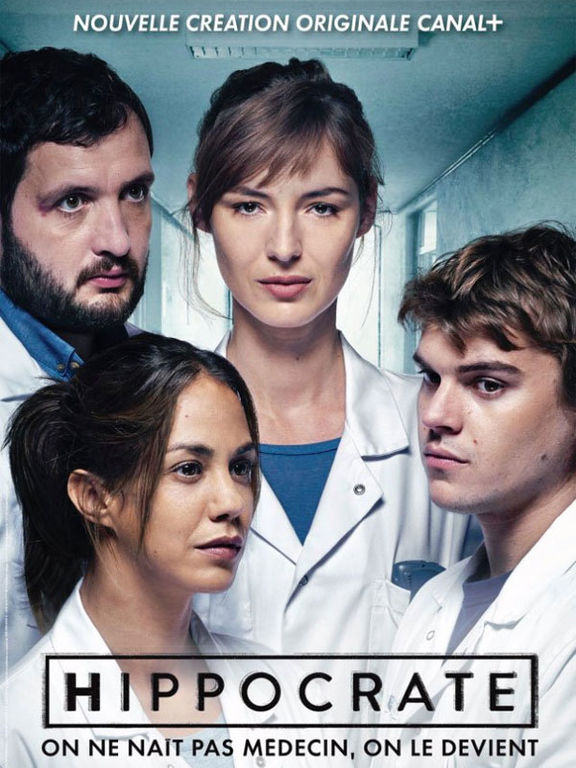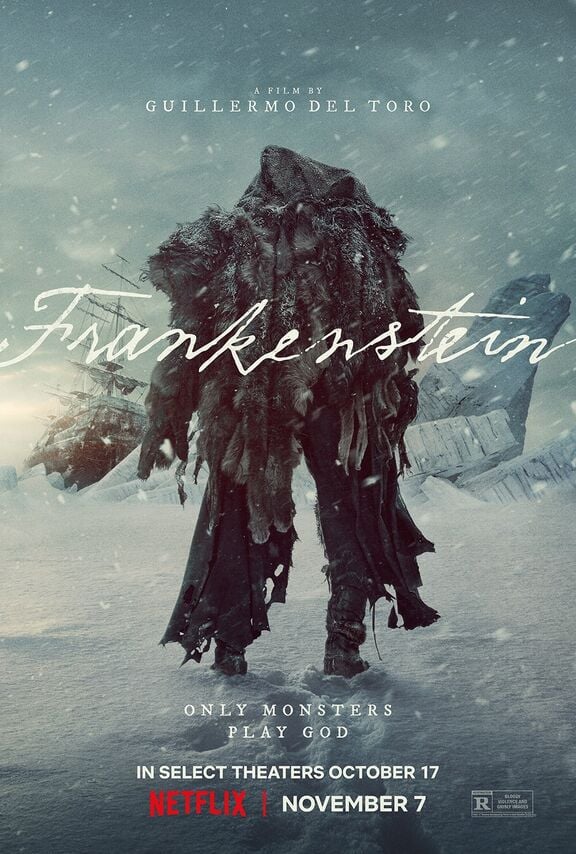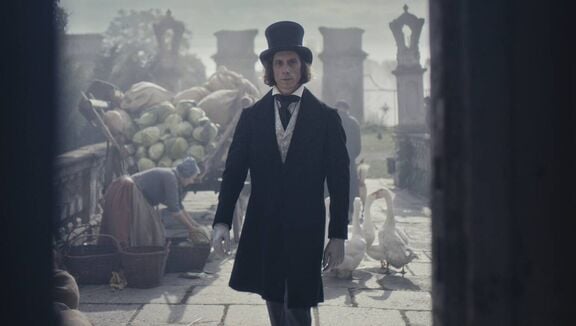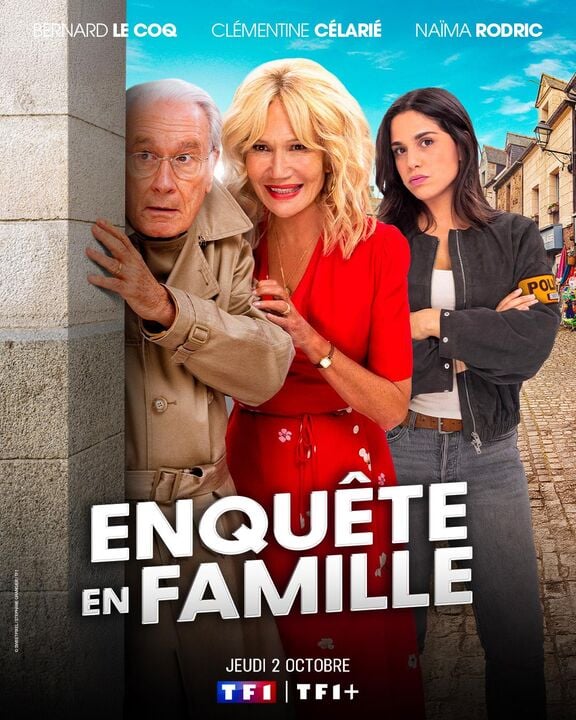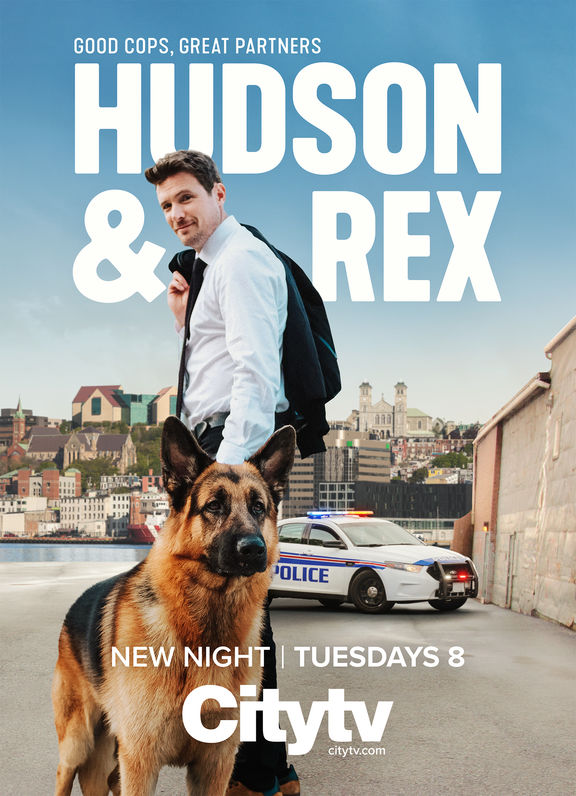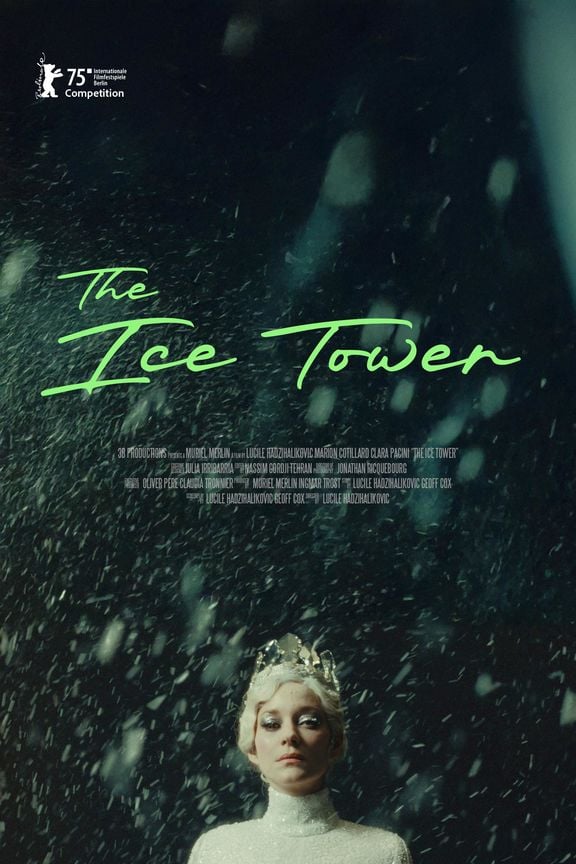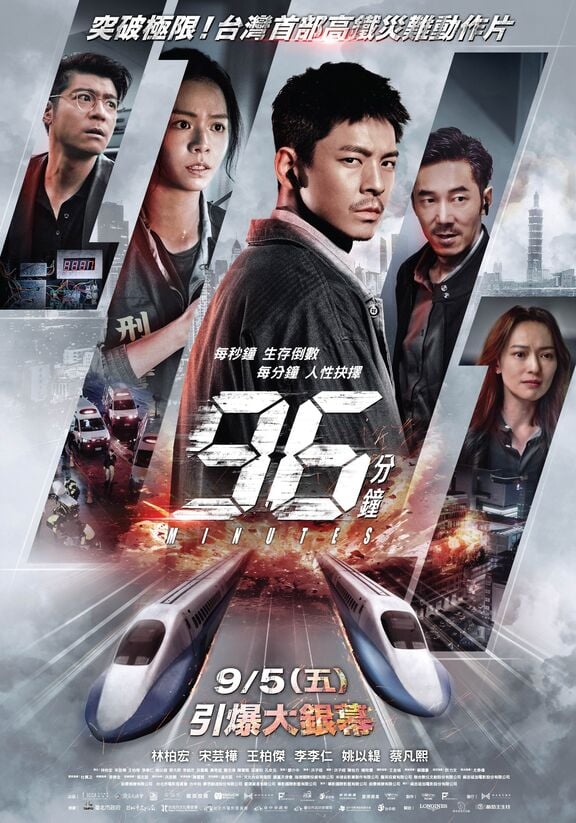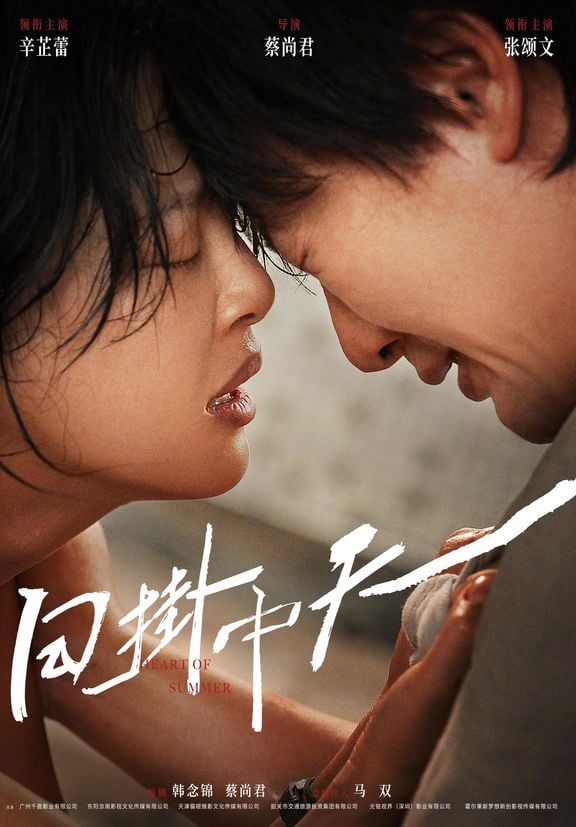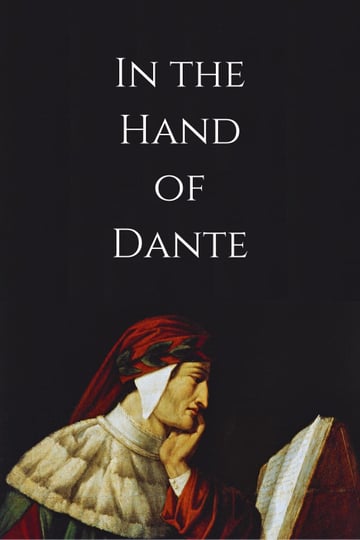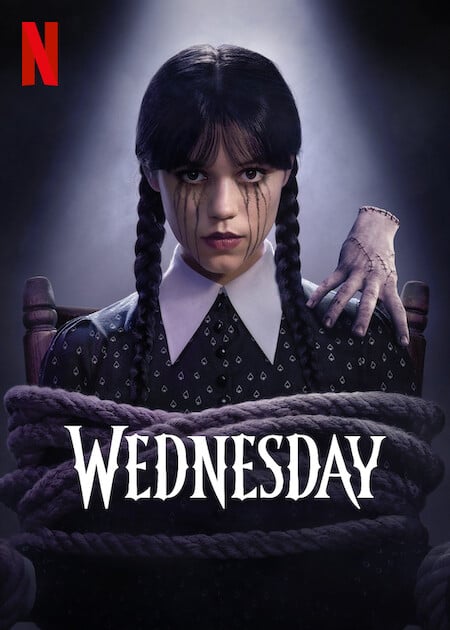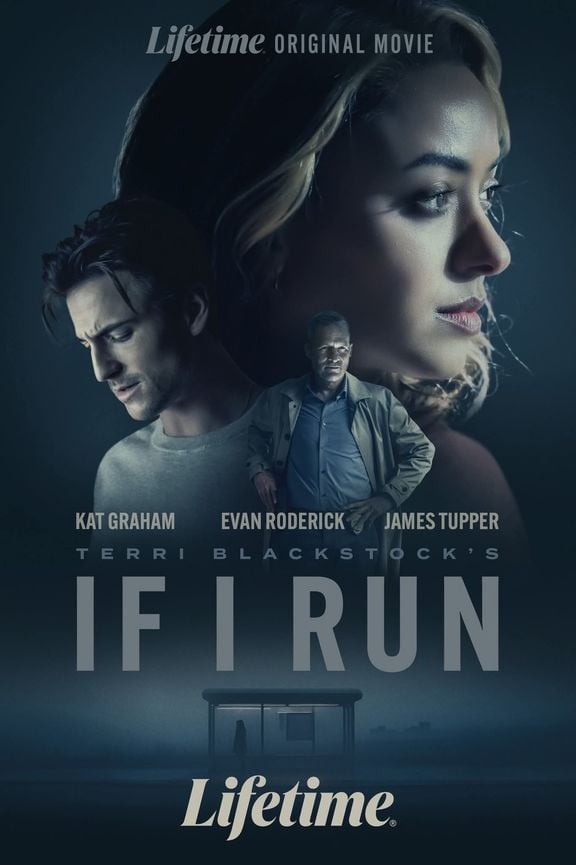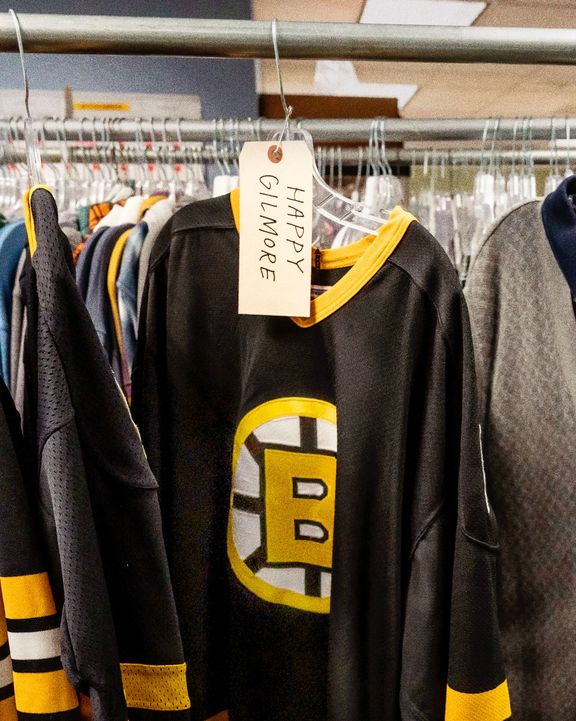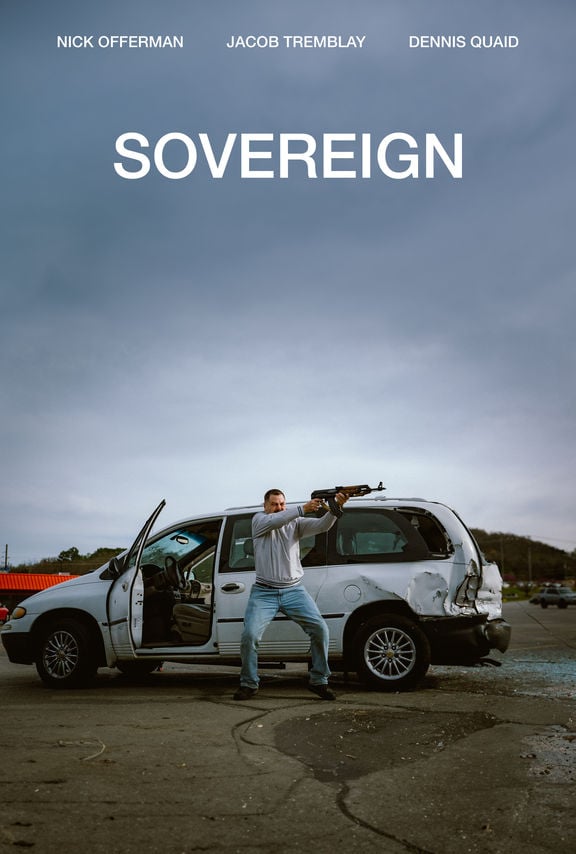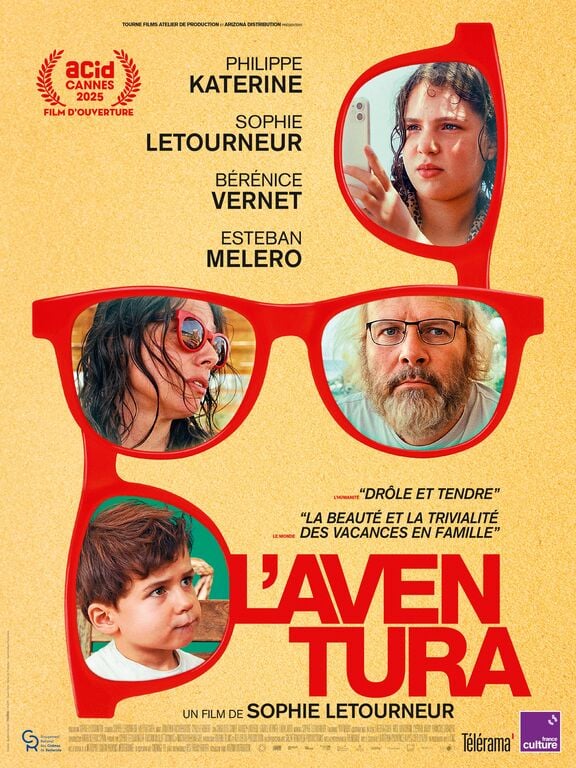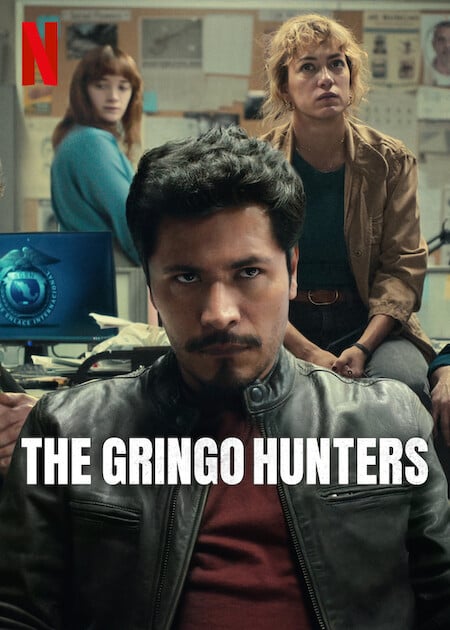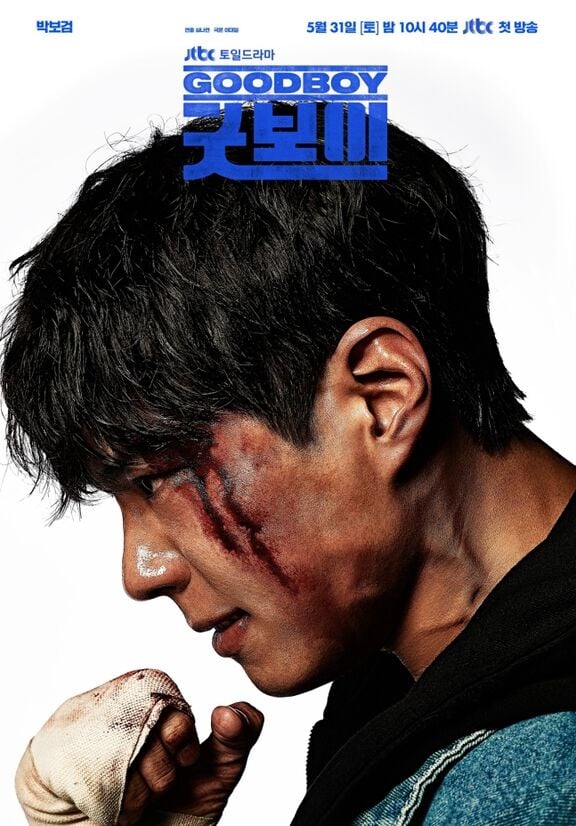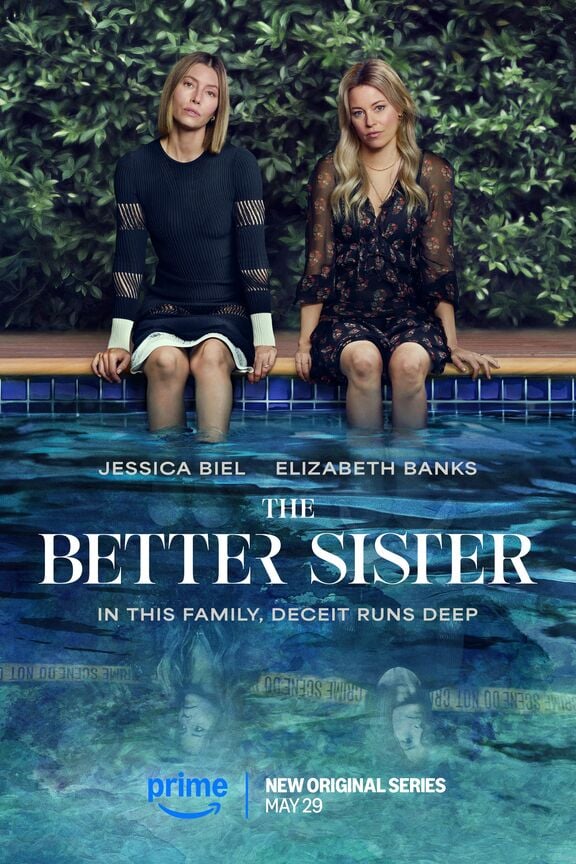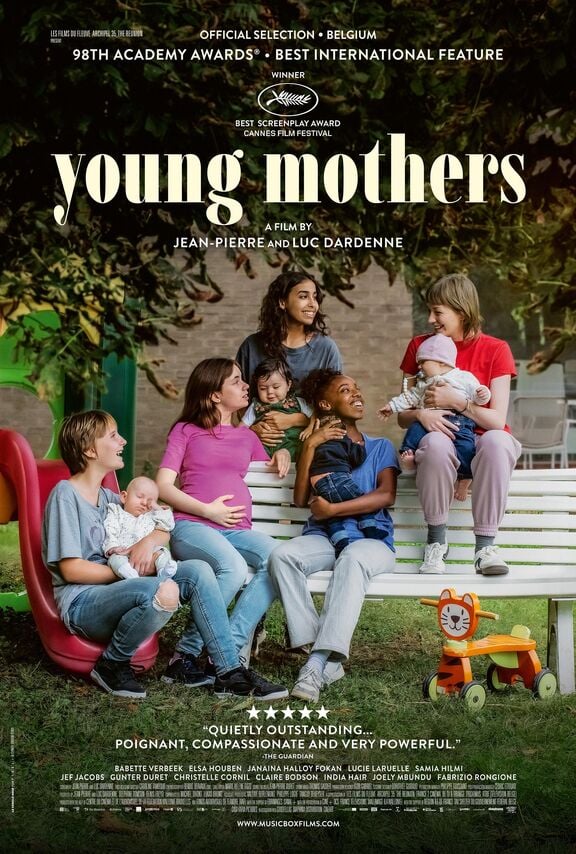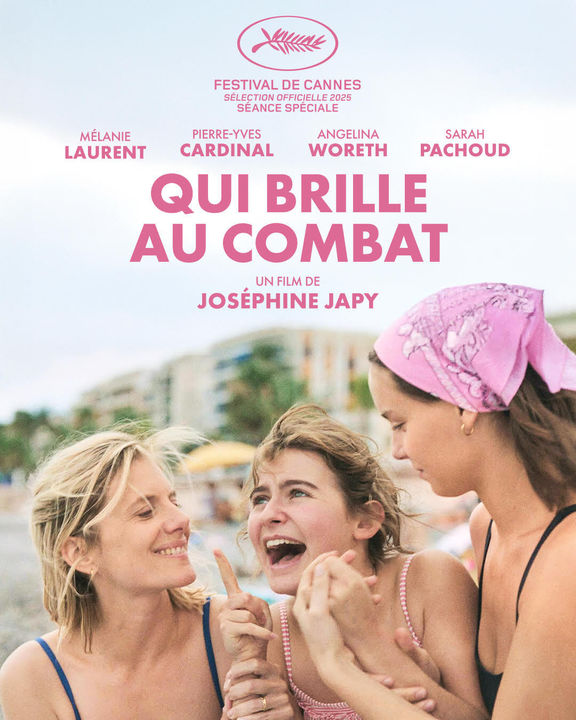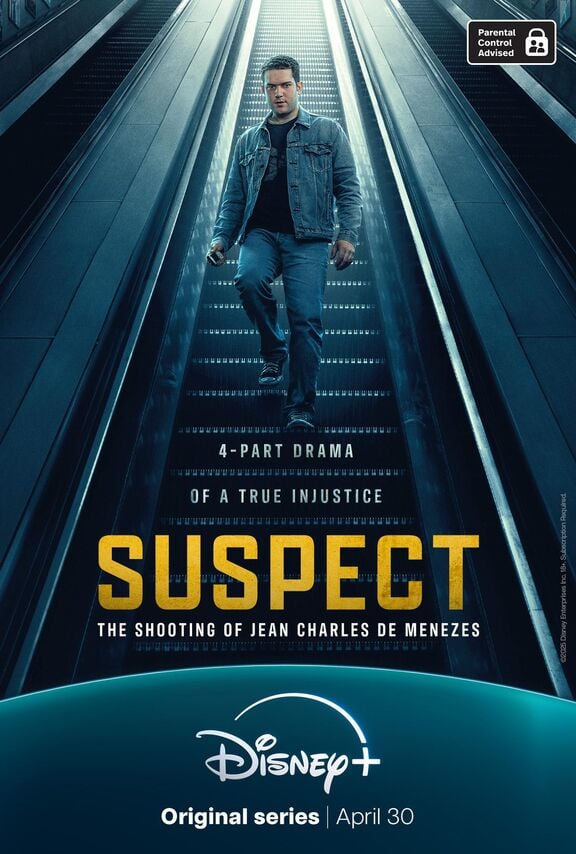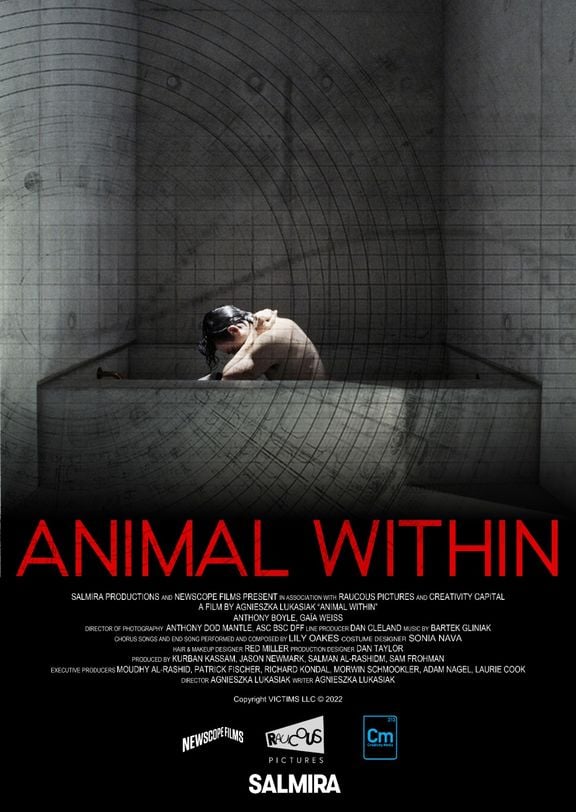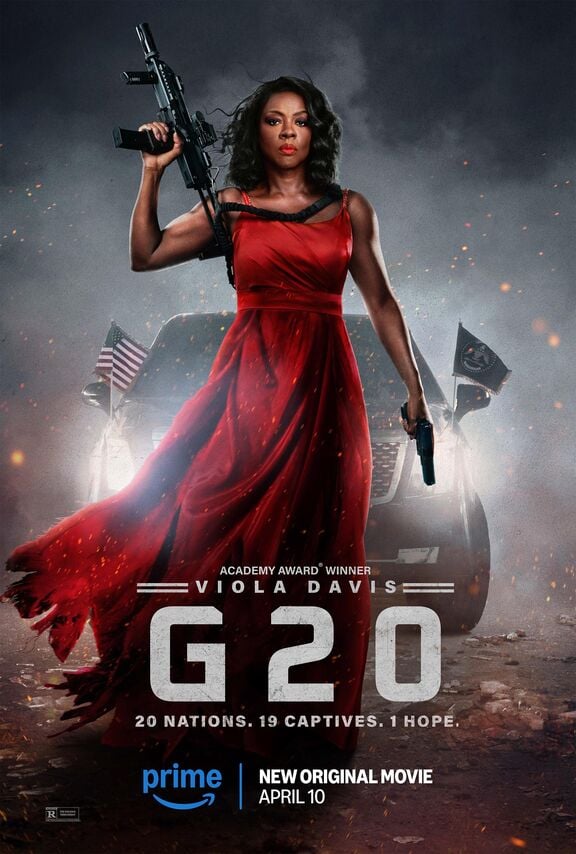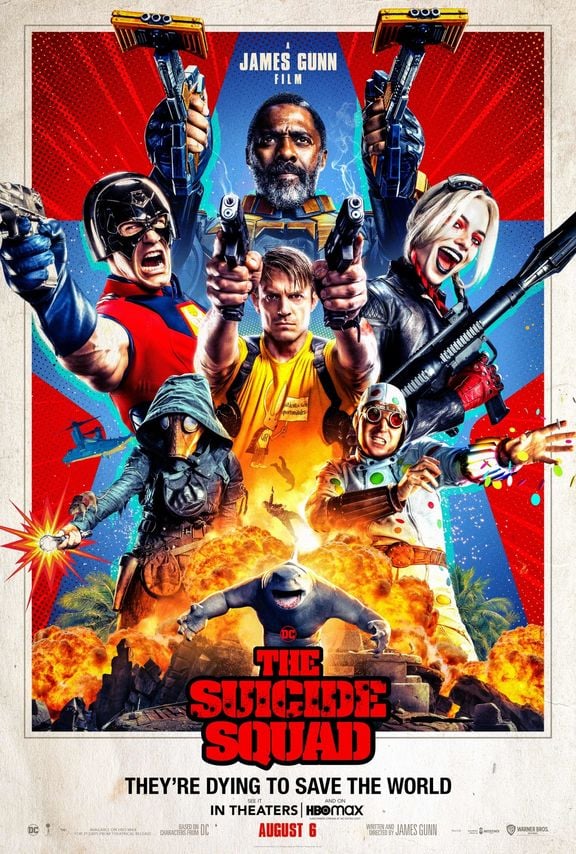
The Suicide Squad
2021 | movie
DoP Henry Braham, BSC
Director James Gunn
Leitz lens M 0.8
Camera RED Weapon Dragon
Production Companies Atlas Entertainment | DC Comics | DC Entertainment | Warner Bros.
Distribution Warner Bros. Pictures
Awards 4 wins & 42 nominations
Equipment Supplier Keslow Camera | Atlanta
Country USA
Henry Braham, BSC
CAPTURING THE SUICIDE SQUAD WITH CINEMATOGRAPHER HENRY BRAHAM, BSC
Cinematographer Henry Braham, BSC takes an approach to making motion pictures that is deeply rooted in history. Reunited on his most recent film, The Suicide Squad, with writer/director James Gunn, Braham has refined his production tools and style to the essentials. This combination of RED cameras, Leitz M 0.8 lenses, and innovative camera movement allow him a unique capacity for flexibility with uncompromised image quality.
By Henry Braham, BSC
Big Images with Small Cameras and Small Lenses
If you think about the history of movie making, it all started with small cameras and unlimited imagination. Later the addition of sound and color made cameras big and large. The technology defined early color cinema through its limitations to movement. It wasn’t until single strip color film allowed smaller cameras to be used again that you could go out on the street and move around freely. For decades it would have been impossible to shoot Taxi Driver or The French Connection in color. The physical size of the technology was significant.
For decades after that little changed for the audience. Even in 2005 when I shot one of the first digital movies the cameras were still big. Finally, camera technology has moved forward with smaller and smaller cameras, but then lenses got caught behind. Large format as a viable capture medium is a more recent phenomenon and it shows up the lenses. There are some old large format lenses that are good, and some not so much. As large format camera technology developed quickly, lens options have been slow to follow.
The problem for me is that so many large format lenses were either built for film, which have some benefits but also compromises, while many of the modern lenses developed quickly for large formats are quite flat. The characteristics of their bokeh offer very little in the way of separation so you have to use a wider aperture to achieve separation. For this reason, I have been using the Leitz M 0.8 lenses as my primary lenses on The Suicide Squad and other projects. Their bokeh allows me to create separation and a dimensional feeling without shooting at an excessively shallow depth of field. They present a precise image with a clear and definitive focus that gives me more freedom to tell the story.
The Intimacy of a Smaller Camera Package
I’ve just begun shooting my fourth film on RED’s 8K VV Monstro cameras and through extensive testing I’ve found that many lenses can’t resolve what these cameras can see. We are capturing for IMAX and Dolby Vision theatrical presentations at 1.90:1 and the Leitz M 0.8 lenses resolve beautifully on the full Monstro sensor. But, even more important to me is their size. Shooting with a tiny camera package combining RED and Leitz allows me to tell the story in an uncompromised way, using a small camera and capturing large format, which until now was impossible.
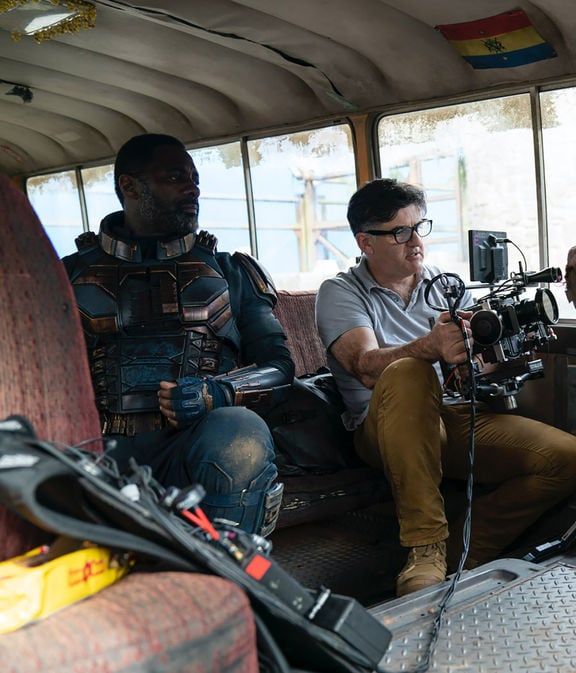
Everyone is different, but to me the camera needs to be moving. A small camera can allow the operator to almost speak a different language when it comes to camera movement, and that creates a genuinely different experience for the theater audience in a way that the large format alone can’t achieve. It allows me to achieve an intimacy and an immediacy, the ability to react in the moment, that people connect with. Most viewers in a cinema aren’t aware of whether a film is shot anamorphic or spherical, but they do connect with movement and intimacy.
On The Suicide Squad I was able to use wide lenses like the M 0.8 21mm, which feels almost like a 12 mm on Super35, and get very close to the actors. I prefer to operate in a custom-built stabilized handheld configuration as much as possible because I feel having the camera and the operator present with the actors makes their performance more present when called for. Spending many months of prep in conversation with the director had so deeply immersed me in the visual idea of the film that as an operator those split-second decisions on a camera move can further serve the intimacy and authenticity of the film.
I like to light sets with this kind of operating in mind. On The Suicide Squad we used huge sets with lots of practical effects and I always lit it so that I could move around within the set. I light in a way that if I get the big stuff right then all the close stuff works too. And although there was a lot of VFX in the film, we used big sets and real effects as much as possible. We’re moving away from greenscreen because it makes a difference to the audience. However, the Leitz M 0.8 lenses work like a dream on the big VFX shots because they do resolve so well.
Think Oppositely
The most significant drivers of creativity in cinema history have been camera size followed by the sensitivity of film stock and now digital sensors. The other stuff just isn’t in the same league of how it affects the average viewer in a theater. It is easy to think that a big project requires a big camera and a big lens; that a big camera makes things more important. I would say, “think differently”. Or better yet, “think oppositely”. RED has dispelled that myth with their camera technology. The Leitz M 0.8 lenses erase it completely.
We shot 95% of The Suicide Squad on the M 0.8 lenses and it was a massive, complex movie. Same for the one I’m shooting now and the one after that. For me, this camera and lens combination is central to how all of these stories are being told. Nobody sitting in the cinema cares how big the camera is. They care about how you tell the story.
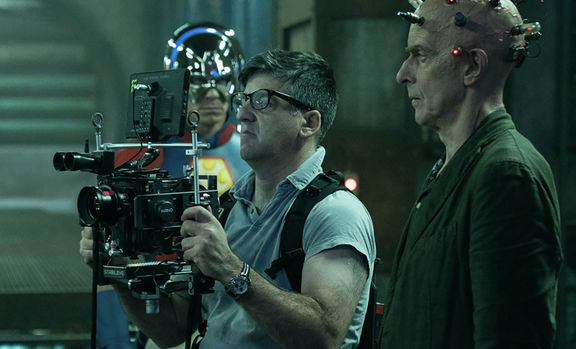
Even if I was shooting a documentary, I wouldn’t stop shooting in the VistaVision format. On VV you can use wide lenses that don’t distort. On smaller formats like Super35 you are stretching the optics of the lens further. A 35mm lens on VV gives me a similar angle of view as a 21 mm on Super35, but without all the distracting distortion of a “wide angle” lens. Today I shot three setups with the 21 mm Leitz M 0.8 lens and I love it because it doesn’t look like a fisheye. The geometry of large format works so much better and is less distracting. For me the M 0.8 lenses solve the challenges of shooting wide and close.
I have a great team with excellent assistants who are masters at having only the necessary stuff on the camera. Typically for this big screen work we stop the lenses down a bit to T4 or T4.5, but sometimes we will open up to T2.8 in low light. They perform very well at wide apertures and the focus pullers are brilliant at making it all work beautifully.
On The Suicide Squad we carried six principal camera bodies in our main unit package and 2-3 sets of Leitz M 0.8 lenses. The 2nd unit carried a minimum of 2 sets of the lenses. That may seem like a lot of cameras, but I view them like musical instruments in an orchestra and have them all rigged in different configurations with various stabilization tools. Everything is interchangeable and we use a standardized lens mounting system for total flexibility.
Interview by Seth Emmons

Overview
DoP Henry Braham
DoB October 30, 1965 (age 60 years)
Lens used
M 0.8
Legacy
Unique and small. A new way to look at light, skin and color.
